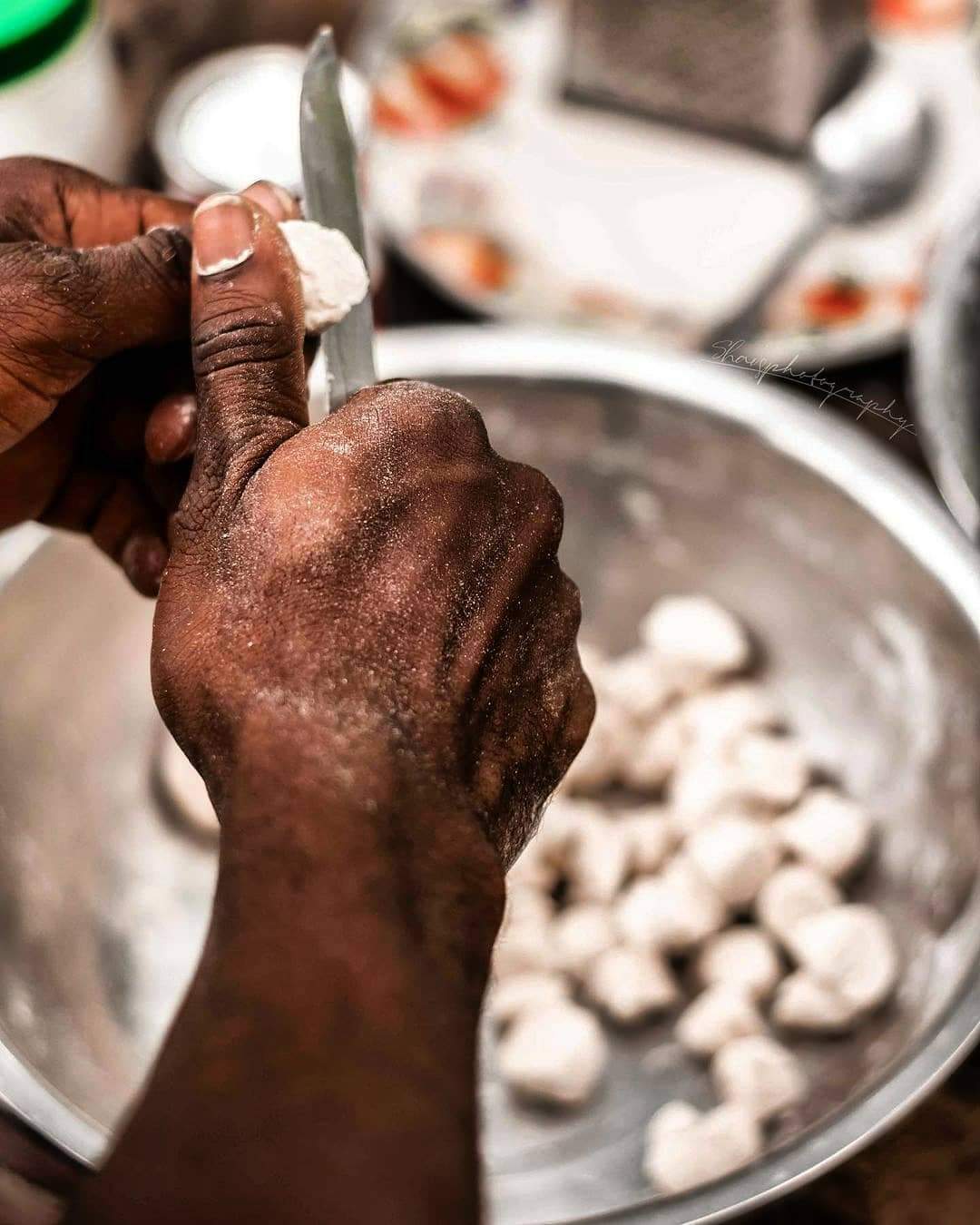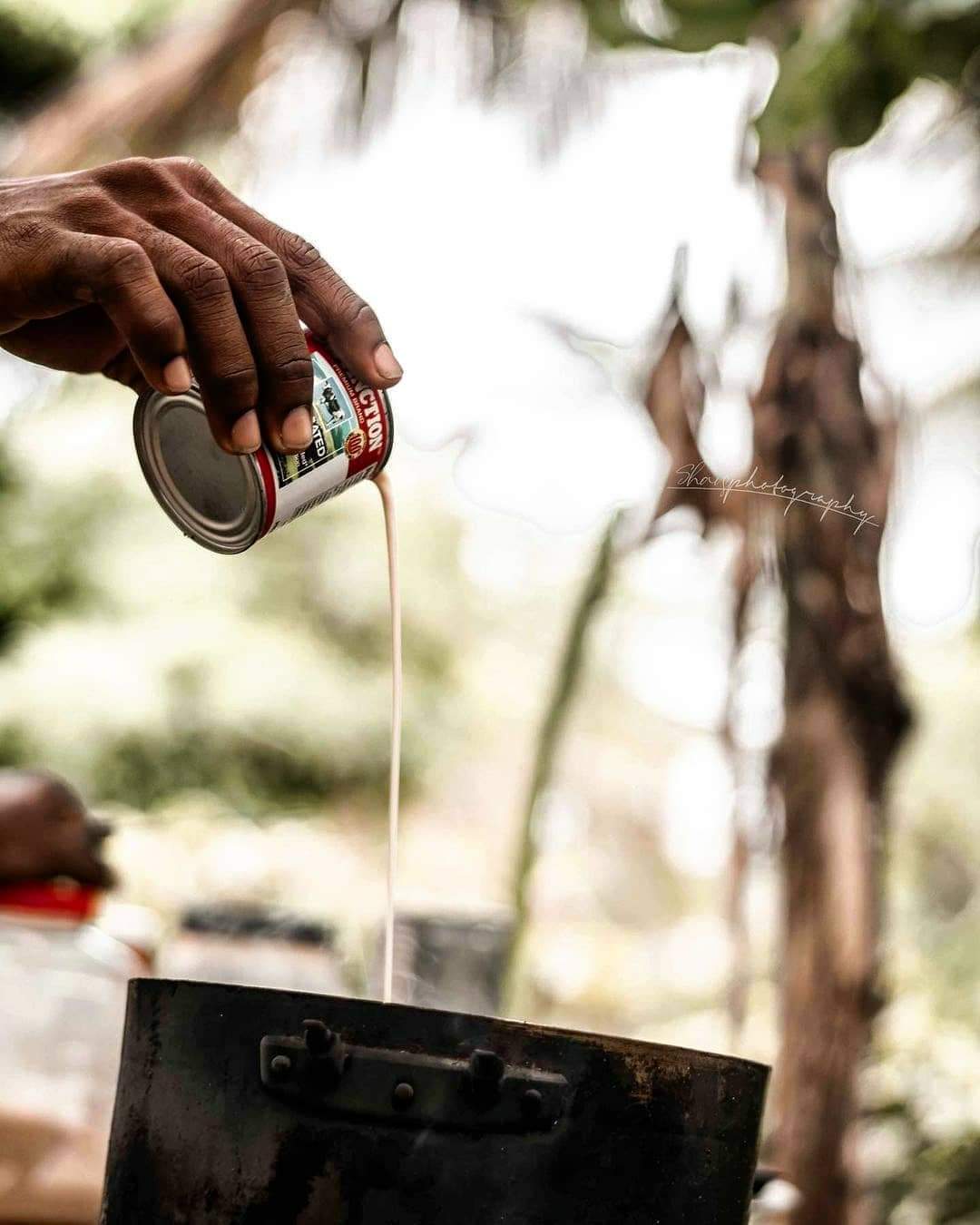Flour dumplings in a hot cocoa brew is not something many people will imagine naturally; not even on their most creative bends. However, if you were to place them in the context of being the children of peasant farmers whose forefathers had been emancipated for only a century, then it would make perfect sense.
Say, it’s 1938 on the island of Saint Lucia. Most adults would be leaving home between 4 and 5am to go work on their farms, oftentimes with their children in tow. The necessity of a substantial breakfast was not lost. A mug of tea, would not provide the sustenance or energy necessary for the morning’s work. But these are peasant farmers. They are not wealthy, and do not often have large quantities or varieties of food items available to them. But flour was a staple and coca sticks were available. Dumplings already served in other capacities making other meals more substantial – soups, broths and stews – and so it was no stretch to add it to one other meal: breakfast.
As with most native Caribbean cuisine, Saint Lucia’s dombwé en dité kako is a meal birthed out of scarcity, and the ingenuity that often accompanies it. It is a meal often associated with the country’s rural areas – the poor – and it is not unlikely that you will meet those from more affluent parts of the island who have never feasted on this local, creative dish. Still, it would be a thing of mischief not to note that perceptions of dombwé en dité kako have somewhat evolved. With more people growing in affluence and having wider ranges of options for food, it is seen less as the food of the “underprivileged” and is now perceived more as a local treasure.
Fun Fact!
Dombwé en dité kako is similar, and in some cases almost equivalent to the Turks and Caicos’s cocoa lumps.
In most parts, Dombwé en Dité Kako is still served as a filling breakfast meal but it has also evolved to serve as the perfect gastronomy for that night time, bring us together, crack jokes and “buss” files lime with family and friends of all social classes.
The dumplings are a kneaded dough cut into various shapes and sizes, to be added to a boiling pot of grated cocoa and spices. When everything has come to the perfect boil, evaporated milk is added, creating a delicious combo of cream infused dumplings and a creamy cocoa/chocolate brew. Add sugar to taste.
And by the way. That boiling pot of grated cocoa? It is not Milo or Cadbury. It derives specifically from the “Lucian cocoa stick”.

Saint Lucian Dombwé en Dité Kako
Ingredients
- 1/2 cup Grated cocoa (to be grated from the Saint Lucian cocoa stick)
- 4-5 cups of water
- 1-2 pinches of nutmeg
- 5-7 cloves
- 1.5 grams of cinnamon
- 1-2 bay leaves
- brown sugar
- 1-2 cups of flour
- 1 pinch of salt
- 1 cup of evaporated milk
Grating the Lucian cocoa stick Cutting up the dumplings Adding milk to the pot
Directions
- In a pot bring to boil water with cinnamon, cloves and nutmeg. While the water is boiling, you can begin the process of kneading your dough.
- To knead dough, add 1-2 cups of flour to a bowl, with 1/4-1/2 cup of water. Knead dough to desired firmness.
- As the now, spice infused water comes to a boil, add grated cocoa to the pot, stir and allow to boil on medium heat for 10-20 minutes.
- Pour your cup of evaporated milk into the and stir. Place on low heat, until dough is added.
- Now, cut kneaded dough in various shapes and sizes and add to the cream infused brew. Bring the heat back to medium and allow to boil for an additional 15-20 minutes.
- With about 5 minutes left, add your bay leaf/leaves.
And, voila! Serve hot! Add sugar to your desire and enjoy!










